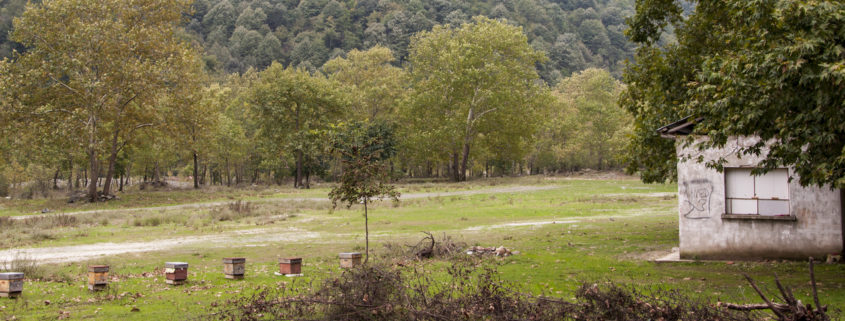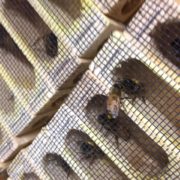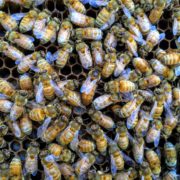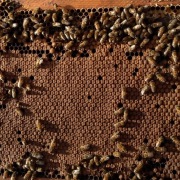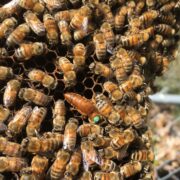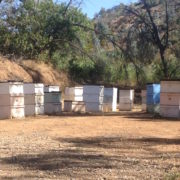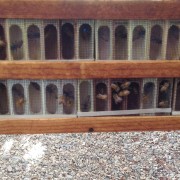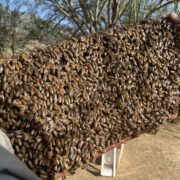Fall Requeening
Fall requeening offers many advantages. In the late season, queens are less in demand than in the early spring. There are typically no long waits or sold out periods to contend with. Another advantage of late season requeening is that by fall, many colonies are often not as strong and booming as they are in the height of honey production, and therefore, the requeening activity doesn’t interfere with honey making. Also, the somewhat lower fall populations can make it easier to find queens.
After a nearly full season of beekeeping, it is easy to determine which colonies are underperforming, versus which are proven champions. The latter probably do not need new queens, and these existing and proven queens can be “overwintered” and carried forward into the next season. The former, however – the underperforming colonies – can be given a fresh queen, offering them a brand new start and new hope for the next season.
With the impending winter, these new queens will not lay many eggs for the remainder of the current season, so that by the time next spring gets underway the new queen will still be relatively young with “low mileage.” Hopefully, by next spring, she will be well established as an integral part of the colony, less apt to swarm, and about to hit the prime of her life just when Mother Nature’s timing is perfect.

